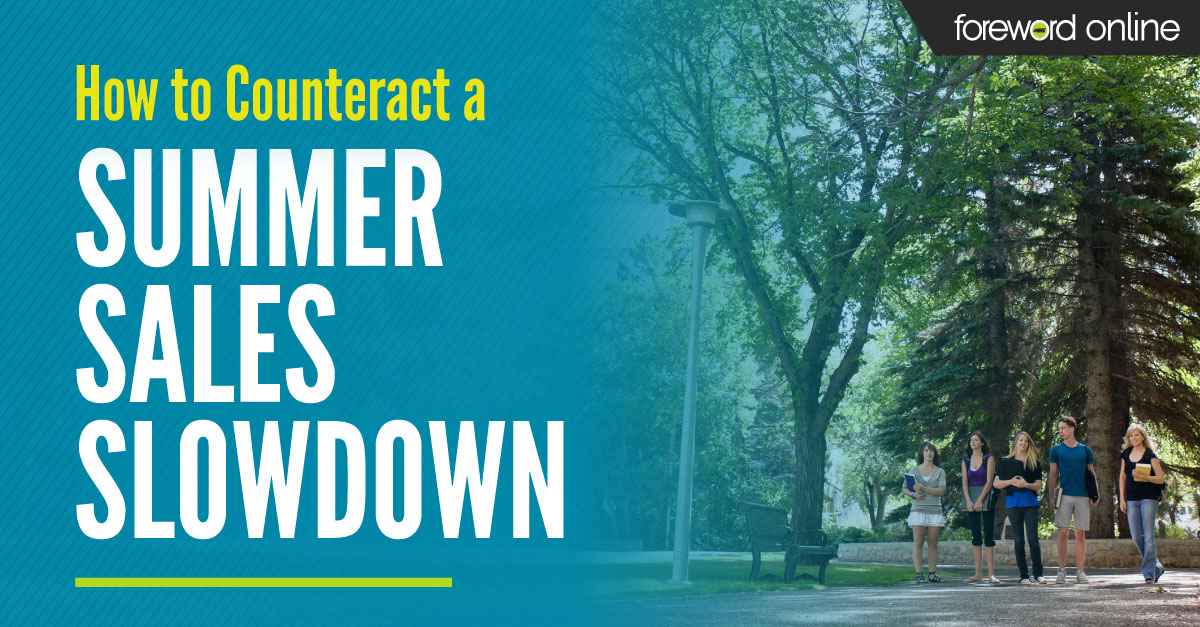You are five minutes late to meet a friend, but you also have to pick up a couple things before the store closes. You rush inside the store, hoping to get in and out quickly. Immediately you are greeted by rows of overstuffed shelves with more merchandise that you can take in at a glance. You scan the store looking for someone to help you or a sign pointing you in the way you need to go. You only see flashy, red sale signage and uninterested faces. Already late, you squeeze your way through the aisles searching for the few things that you needed to pick up. Your phone rings. It’s your friend asking where you are. You shove the items you managed to find onto the shelves and leave because you don’t have time to deal with it right now.

This is not an experience that will bring you back to the store. Once, you might not have had a choice, especially if that particular store was the only one who carried what you wanted. Now, though, that isn’t the case. With a few key strokes with in an app already on your phone, you can order almost anything you need — no crowds, no searching and no waiting.
How do stores compete?
“You aren’t going to out-Amazon Amazon” is a line that has been thrown around a lot recently when reading about the state of retail. Most businesses can’t underprice or offer the same amount of merchandise options to their customers — it would be crazy to try. Nevertheless, many retailers have gotten caught up in this race trying to compete with Amazon rather than carving out their own position. When large retailers, who were once disruptors in their own right, are declaring bankruptcy and closing locations, how can campus stores remain afloat in the rapidly shifting retail environment?
Download: How to increase sales by catering to different customer types
Slashing prices in an unrelenting race to the bottom will sooner topple competing stores than the looming online corporate giant. However, retail is far from dead. Look no further than the many successful eCommerce sites that have expanded to physical locations. Retail will survive, but not every store will.
Now imagine you go into a store, but it isn’t like most stores you have experienced. The lighting is warm and inviting rather than harsh. There are two students sitting in chairs in front of a television, laughing as they test out the latest video game. An associate asks if she can help you find something. You tell her what you need, and she smiles and helps you collect everything you need and answers your questions. She then rings you up from her mobile POS. On your way back toward the exit, you pass a table where four people are playing a board game you have never seen before. You wonder what else the store has. Even though you don’t have time, you want to explore and see what else they offer. A shirt that would be perfect for Saturday’s game catches your eye. Five more minutes couldn’t hurt.
Stores who are able to adapt and figure out how they can fit into the new retail world will thrive while those who cling to the past will struggle. Does this store have the cheapest prices? Probably not. Does it have everything any customer may ever want? No. What it does have is carefully curated merchandise that appeals directly to you, a knowledgeable staff who understands how important they are to the store and an inviting atmosphere that begs to be explored and encourages customers to touch items — things that the internet cannot offer. It’s a store that knows the shopping experience matters.
Like all retailers, college stores have to figure out how to stand out from the crowd. However, unlike other retailers, college stores already have their niche clearly defined. You know who and where your customers are, and you can provide one location for the specialized merchandise they want.
How to differentiate your college store
- Hands-on experience
You break it, you bought it. Those are the words that echo through the minds of most people as they go into stores. We have been carefully trained our whole lives not to touch and definitely not play with merchandise in stores. However, what would happen stores flipped this idea and encouraged customers to feel, touch and play with merchandise. It’s definitely not something customers can experience online.
Imagine a toy store where kids play with toys or games rather than just staring at the boxes. Would parents take their kids there instead of to a fast food play center? Would the kids hone in on exactly what they want and not want to leave the store without it? This is an experience your store can provide — one other college stores are already moving toward.
San Diego State University’s Aztec Shops invested in gaming chairs that students can try out while they play video games on a 75-inch TV. The chairs are so popular there is a waitlist to use them. The Wartburg College Store stocks board games, but not the traditional ones. These logic-based games have helped the store create a community of gamers where students can get to know one another as well as play new games available in the store once a month. - Online and real-life integration
Having a closely integrated online store and in-store experience can make a huge different. Two-day shipping definitely has its appeal, but it isn’t better than buying something online and being able to pick it up immediately. Especially, when it comes to course materials. It doesn’t matter if the sale comes from your site or within your store. It’s all part of retail.
Giving students a way to beat the lines, get exactly what they need and have it immediately makes for a better experience than what they could receive from just an online store. The Oklahoma State University Store and the University of Colorado Boulder Book Store have seen tremendous success with in-store pickup on students’ online course materials orders. Not only have the stores simplified the shopping experience for their students, but the students are still coming into the store. They leave with positive feelings about the store because they had a better overall shopping experience.
- Community
College stores are already steeped in community. As an integral part of campus, you know the students and the surrounding area better than any online store. Offer local merchandise, regional favorites and engage the surrounding community.
Lane Community College’s Titan Store knows that the majority of their students come from in-state. They choose to carry outdoor gear and merchandise made from recyclable materials — products that appeal to Oregonians. They also pinpointed a particular water bottle that all of their students want and prominently feature the bottle on their website and in their store.
Margaret Jackson from Martin Methodist College Bookstore said they work to bring the surrounding community into the store by engaging them on social media. The small community where they are located in Tennessee benefits from the shopping options the store provides, and the store can help inspire more school spirit in the community.
These are just a few ways you can help your store stand out. Look at your students. What do they buy and what brings them into the store? How can that experience be better? How can you engage with them in a meaningful way? How can your store make itself a hub of campus activity? Find the answers to these questions and find the way to keep your store viable.
Has your store done something that has helped you connect with students? We want to hear from you!





